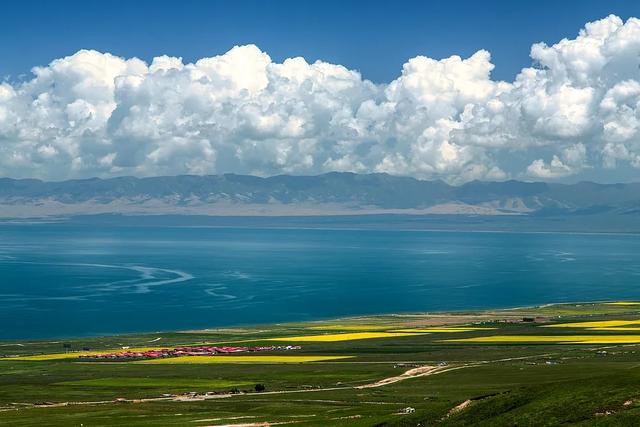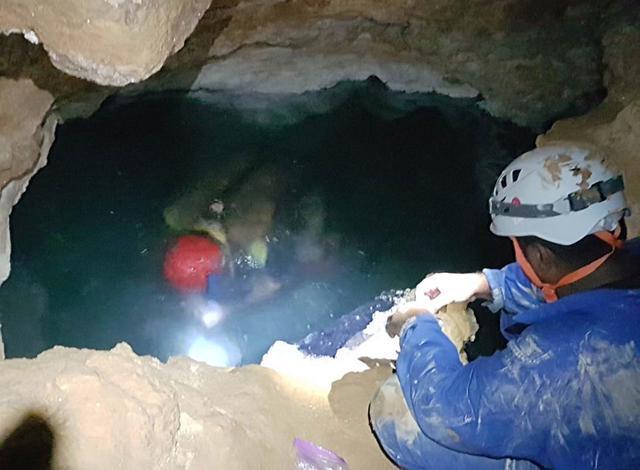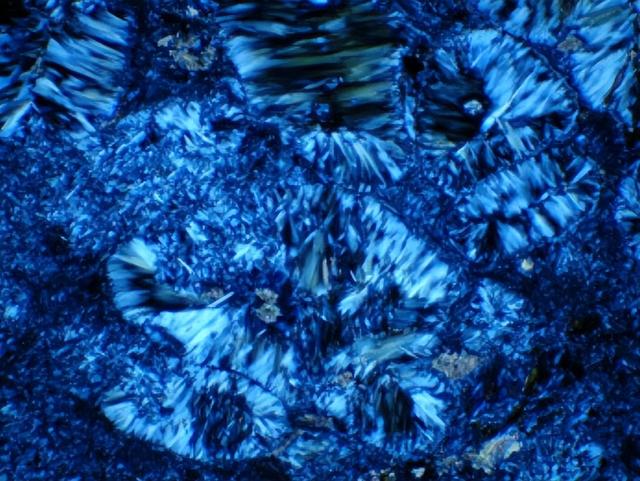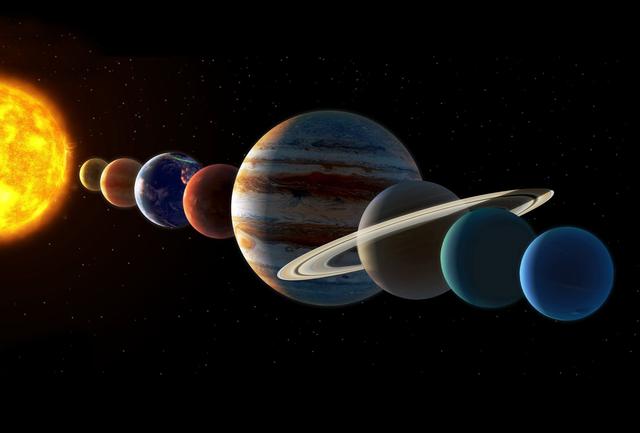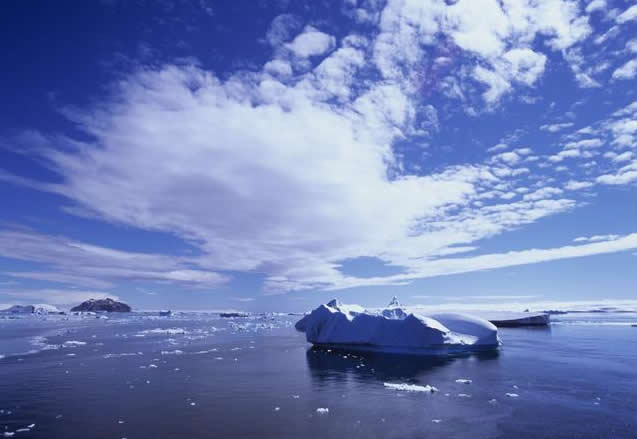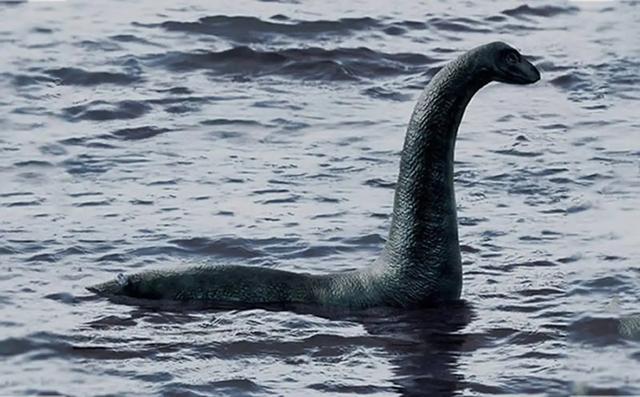A lake is one of the most important bodies of water in inland areas, defined as a relatively static body of water in an inland depression, of a certain size and not directly interconnected with the sea. Worldwide, there are about 117 million lakes covering a total of about 5 million square kilometres of land. In china, there are about 24,800 lakes, of which more than 2,800 have an area of 1 square kilometre or more.
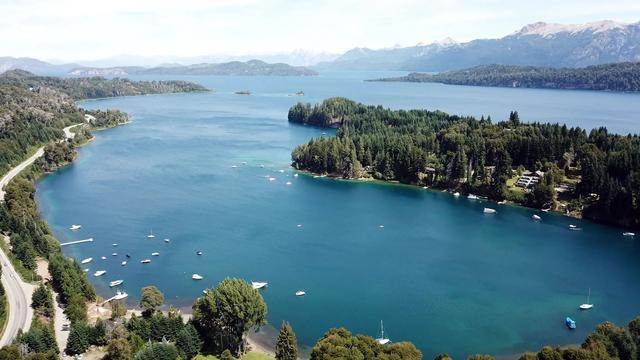
There are 10 different types of lakes depending on how they are formed, such as tectonic lakes formed by crustal movements (e.g. Yunnan dianchi), volcanic lakes formed by the accumulation of water in volcanic craters (changbai mountain tianchi), river-forming lakes formed by river migration and siltation (baiyangdian in hebei), lagoons formed by the accumulation of sediment at the mouth of bays and gulfs (west lake in hangzhou) and artificial lakes, etc.
Because there are so many lakes in china, many of them have the title of "Largest", such as the largest saltwater lake in a province, and so on. There are many artificial lakes in china that have the title of 'first' or 'largest', such as suyao lake, wanfeng lake, qiandao lake and so on.
So, what is the largest artificial lake in china? Let's find out together.

Qiandao lake
What is an artificial lake?
Many people believe that an artificial lake must have the word "Lake" In its name, which is obviously not true, just as tianchi does not have a lake in its name, but it is still a lake (a volcanic lake). So, what is an artificial lake? First of all artificial lakes are artificially created bodies of fresh water and they have a collective name of reservoirs.

Of course, not all reservoirs are called artificial lakes. Artificial lakes are larger reservoirs and landscape lakes, and smaller reservoirs, often called impoundments or ponds. Generally, with the exception of landscape lakes, artificial lakes are excavated by human power on large rivers in a planned and purposeful manner. They have a variety of functions, the most common of which are as power generation, irrigation, water supply and flood control, but also for farming (fish) and tourism.
The naming of artificial lakes is complex, but the most common usage is based on the name of the location of the artificial lake (names of villages, towns and ravines), such as the sanmenxia reservoir, the river it intercepts, such as the xin'an river reservoir, the date of construction of the artificial lake, such as the qiyi reservoir (nowadays commonly known as sanqing lake), etc.
This means that all bodies of water with a lake in their name are lakes, but bodies of water without a lake in their name are not necessarily not lakes either, and the same holds true for artificial lakes.
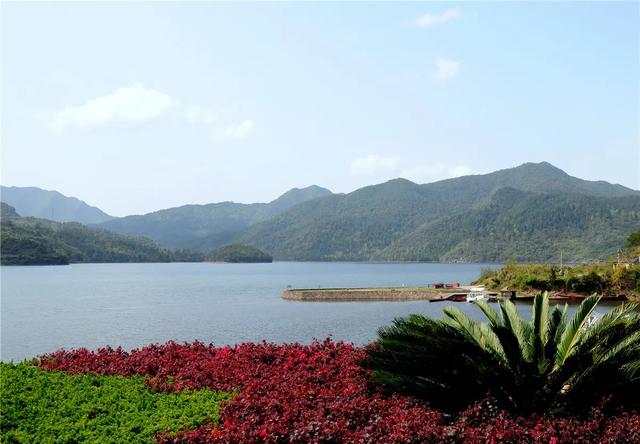
Sanqing lake (qiyi reservoir)
The largest artificial lake in china
Having clarified the definition of artificial lakes, let's take a look at the largest artificial lakes with lake in their names and which are the really largest artificial lakes respectively?
01 the largest artificial lake with the word "Lake" In its name
There are three controversial artificial lakes with the word "Lake" In their names: Qinghai lake, suyao lake and qiandao lake, of which qinghai lake can be ruled out because although it is the largest saltwater lake in china, it is a natural lake, caused by natural blockage of the drainage channels and climate change, with no man-made factors.
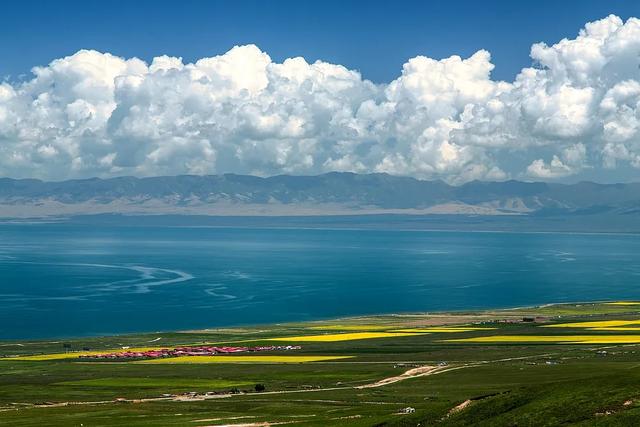
Qinghai lake
The rest of the lake is suyao lake and qiandao lake, let's look at qiandao lake first. Qiandao lake is a national level body of water in china and its water quality is at the top of the list of china's great rivers. It was built in 1955 and took 5 years to complete, it was created by the establishment of the xin'anjiang hydropower station, so it is also known as the xin'anjiang reservoir (stop barring that reservoirs are not lakes, they are just called differently). Qiandao lake is about 150 kilometres long, with an average water depth of 30.44 metres, a total area of 580 square kilometres and a maximum storage capacity of 17.8 billion cubic metres.

And suyu lake is located in the northwest of runan county, zhumadian, henan province, and was built in 1958. It is said that these once had numerous rivers flowing through them, and then gradually formed larger bodies of water because of the flooding of the rivers, after which in 1958 china began to build (dykes, etc.) on the body of water, forming the largest artificial reservoir in asia's plains.
The lake is 35.29 kilometres long from north to south and up to 15 kilometres wide from east to west, with a storage area of 239 square kilometres and a maximum storage capacity of 1.07 billion square kilometres. Therefore, in terms of the size of the lake as well as the maximum water storage, qiandao lake is larger than suyao lake, therefore, suyao lake is the largest artificial lake in the plains, while the largest artificial lake with lake in its name is qiandao lake.
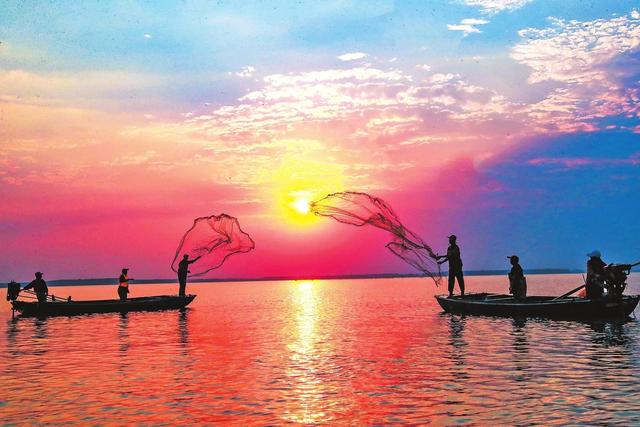
02 the really largest artificial lake?
We know from the above science that artificial lakes do not necessarily have lake in their name, and in fact those larger artificial lakes are usually named after xx reservoirs, so the largest artificial lake in china would be the three gorges reservoir.
Like qiandao lake (xin'anjiang reservoir), the three gorges reservoir is an artificial lake that was formed after the power station was established. From the official start of construction in 1992 to its completion in 2009, the three gorges project took 18 years to complete but it became the world's largest water hub project.
With a normal water level of 175 metres, a total area of 1,084 square kilometres and a maximum storage capacity of 39.3 billion cubic metres, nearly three times the maximum storage capacity and nearly twice the total area of qiandao lake, it is clear that the three gorges reservoir is the largest artificial lake in china.

So, is the three gorges reservoir the world's largest artificial lake? The answer is no. The world's largest man-made lake is lake volta (also known as the volta reservoir), which was built in 1961 when the ghanaian government, with the support of several countries, built a curved barrage - the akosombo dam - on the akosombo gorge of the volta river, putting an end to the volta river's frequent flooding problems.
The dam was followed by the creation of the world's largest artificial lake, lake volta. The total area of lake volta is 8502 square kilometres, nearly eight times the size of the three gorges reservoir, and its dead storage capacity (mat capacity, meaning the volume below the dead water level) alone is 86 billion cubic metres, with a maximum storage capacity of 148 billion cubic metres.

In fact, if one knows the definition of an artificial lake, there is no doubt that the largest artificial lake in china is the three gorges reservoir, except that most people think that a reservoir is not a lake, although not all reservoirs are lakes, but large artificial lakes are basically large reservoirs and they are usually formed by people after building water conservancy projects on big rivers and streams.

